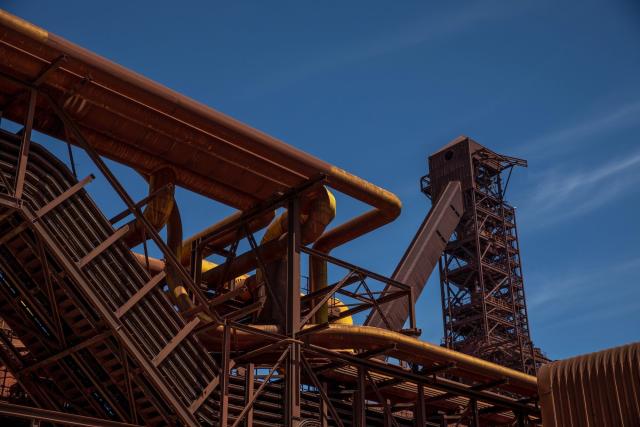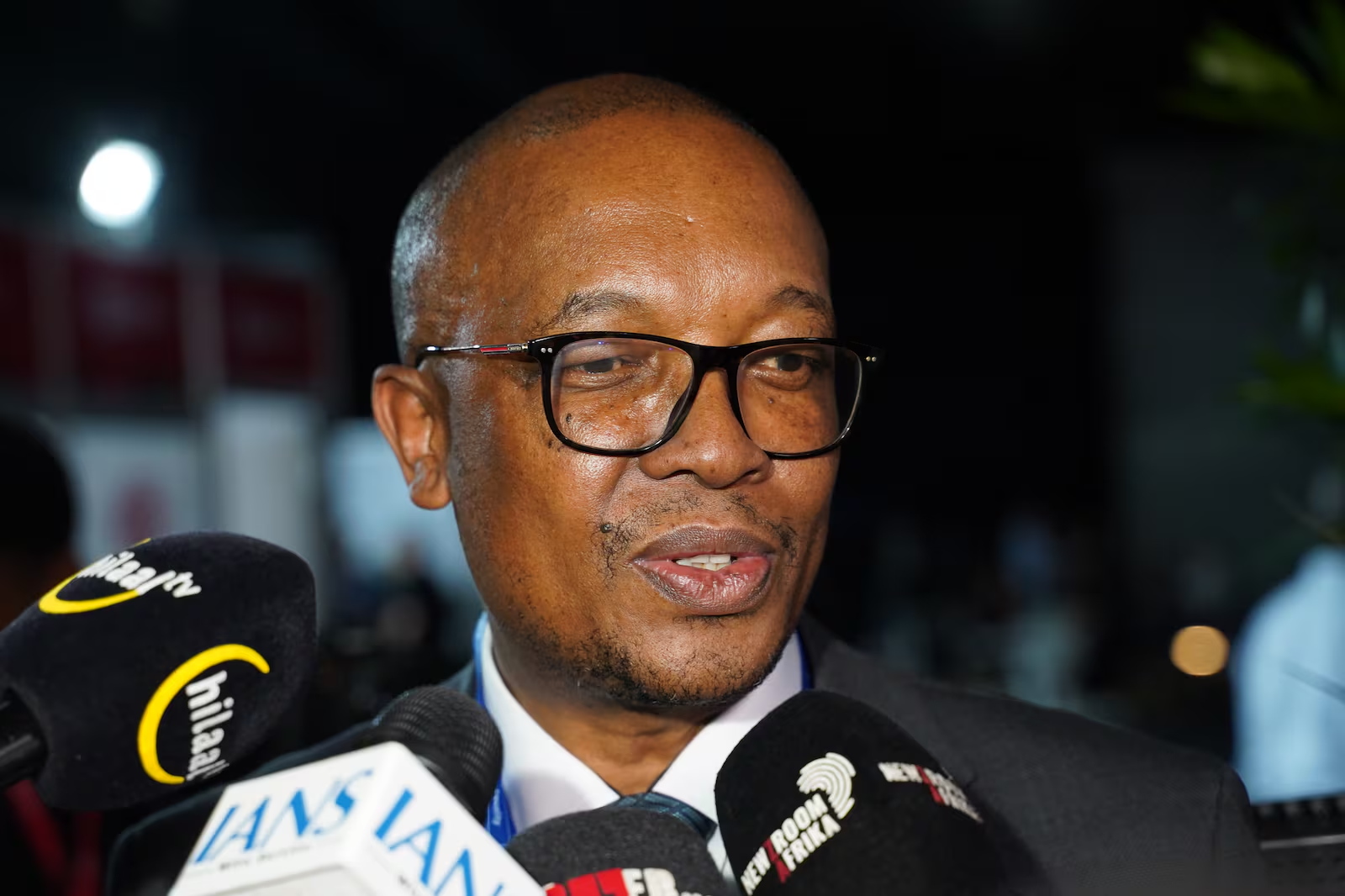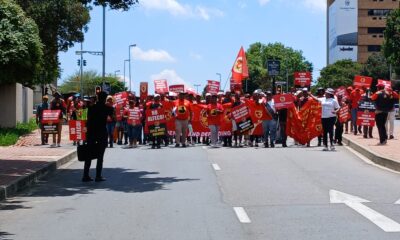Business
Government Eyes Strategic Sell-Off of ArcelorMittal South Africa Amid R1.2 Billion Bailout

The South African government is stepping in to facilitate a potential restructuring and sell-off of ArcelorMittal South Africa (Amsa), after the embattled steelmaker received a R1.2 billion financial lifeline from the Industrial Development Corporation (IDC).
Trade, Industry and Competition Minister Parks Tau told Parliament this week that while the state cannot legally put Amsa on the market, government has asked the steel group to explore selling parts of its business to interested buyers. The move comes amid mounting pressure from the automotive sector, which is heavily reliant on Amsa’s long steel products.
“We’ve asked Amsa to test the market appetite for the entire business or its components,” said Tau during a portfolio committee meeting. “The aim is to ensure continuity, especially for industries that cannot feasibly rely on imports for steel supply.”
While the IDC only holds an 8.2% stake in Amsa, the bailout has sparked renewed urgency in finding viable solutions to preserve jobs and industrial capacity. The government has enlisted Investec to advise on the divestment of non-core land assets, but Tau made it clear that Amsa’s crucial long steel plant in Newcastle is not for sale.
The automotive industry has warned that its operations could be severely disrupted if Amsa collapses. A 24-month timeline to build new capacity for long steel was deemed impractical, forcing the government to accelerate current interventions.
Impact on Jobs and Industry
The steel sector has already felt the shockwaves. Between September and December 2024 alone, nearly 2,300 jobs were lost, according to the Department of Trade, Industry and Competition (dtic).
Beyond short-term restructuring, longer-term plans are unfolding to revitalise the industry. As part of South Africa’s steel decarbonisation roadmap, the OECD’s Clean Energy Finance and Investment Mobilisation (CEFIM) programme is finalising a report on low-carbon technologies for the steel industry.
UNIDO is also preparing to launch a €25 million fund, to be managed by the IDC over five years, aimed at helping primary steel mills reduce emissions and modernise production.
Steel Sector Tied to National Grid Expansion
The government’s Steel and Metal Fabrication Masterplan is aligned with major national infrastructure goals—particularly electricity transmission.
Recent agreements by the National Transmission Company of South Africa (NTCSA) with 19 local firms will require an estimated 452,175 tons of tower steel over the next decade. That demand, roughly 3,800 tons per month, is well within the capacity of South African steel manufacturers.
“The demand mix will mostly be for light, medium, and heavy sections,” said dtic Director-General Simphiwe Hamilton. “This presents a critical growth opportunity for local minimills and producers.”
Hamilton confirmed that the NTCSA’s engineering, procurement, and construction (EPC) panel will be reopened annually, enabling more local firms to participate in the transmission build-out.
While the future of Amsa remains uncertain, the government’s message is clear: it aims to stabilise the steel industry while safeguarding vital sectors like automotive manufacturing. The combination of strategic asset sales, targeted bailouts, and industrial partnerships signals a broader shift toward proactive state involvement in industrial resilience.
As the IDC-led recovery unfolds, stakeholders will be watching closely to see whether South Africa’s steel sector can withstand the heat—and forge a new path forward.
{Source: MSN}
Follow Joburg ETC on Facebook, Twitter , TikTok and Instagram
For more News in Johannesburg, visit joburgetc.com


























